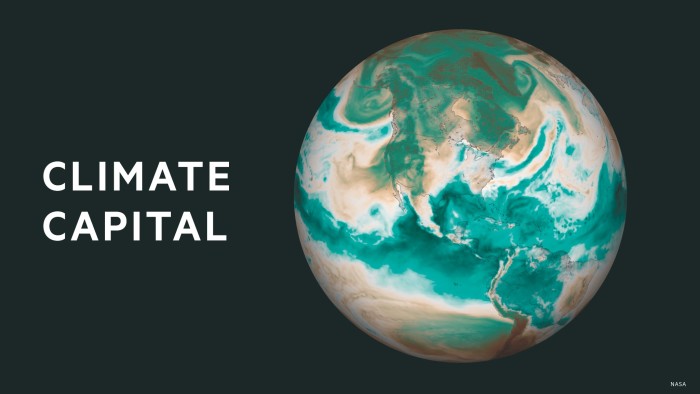Global coal use set to reach fresh record

Roula Khalaf, Editor of the FT, selects her favourite stories in this weekly newsletter.
Global coal use will reach a record level this year as the war in Ukraine and growing demand in India and Europe push consumption of the fuel to new highs.
The trend flies in the face of pledges made at the UN climate talks last year, when 194 countries pledged to phase down their use of coal to curb emissions.
Coal consumption will rise by 1.2 per cent this year compared to the previous year, eclipsing the previous record set in 2013, according to a report out today from the International Energy Agency, the Paris-based energy watchdog.
“Coal demand is stubborn and will likely reach an all-time high this year, pushing up global emissions,” said Keisuke Sadamori, the IEA’s director of energy markets and security.
He expects coal use to stay high next year and in 2024 because of growing demand from emerging economies such as India, China and south-east Asia.
“The world is close to a peak in fossil fuel use, with coal set to be the first to decline, but we are not there yet,” he added.
As the world has grappled with the energy shocks triggered by Russia’s invasion of Ukraine, concerns over energy security have forced countries that had once pledged to quit coal to burn more of it instead.
In Europe, coal consumption will rise in 2022 for the second year in a row as the reduction in gas supplies from Russia and corresponding high gas prices have made power generators rely more on coal for heat and power.
The rise in global coal use comes in spite of record prices for thermal coal, the kind burnt in power stations, which hit highs in March and June.
As European countries scrambled to build up enough coal before winter, big coal exporters such as Colombia, South Africa and Australia have struggled to meet the demand.
The three largest producers — China, India and Indonesia — will all reach production records in 2022, according to the IEA. Domestic coal consumption there was also a big driver of the growth in coal use this year.
Indonesia recently struck a $20bn investment deal to increase its use of renewables and has pledged to keep emissions to reaching a peak by 2030. India has set a target for net zero emissions by 2070, while increasing coal consumption in the coming years.
Climate Capital

Where climate change meets business, markets and politics. Explore the FT’s coverage here.
Are you curious about the FT’s environmental sustainability commitments? Find out more about our science-based targets here
Pieter de Pous, programme leader at E3G, a London-based climate change think-tank, said the coal boom would probably be shortlived, at least in Europe, where governments are accelerating their clean-energy plans.
“Europe has been forced to temporarily switch coal back on line but increased efforts, such as its RePowerEU plans, have the potential to compensate for this,” he said.
The IEA said it expected the global trade in thermal coal to decline by 10 per cent between now and 2025, while trade in metallurgical coal, used for steelmaking, would grow around 6 per cent in that period.
Comments